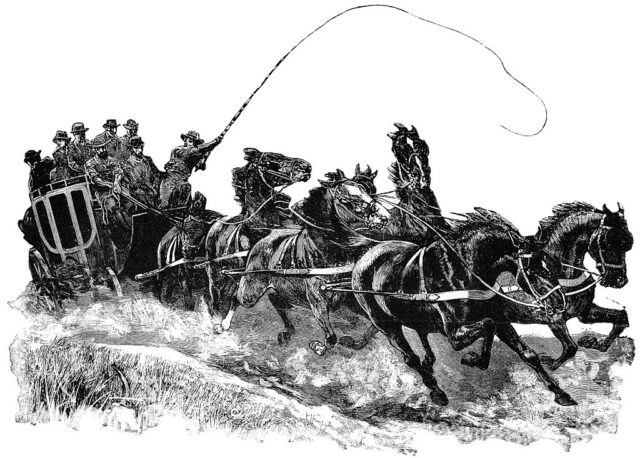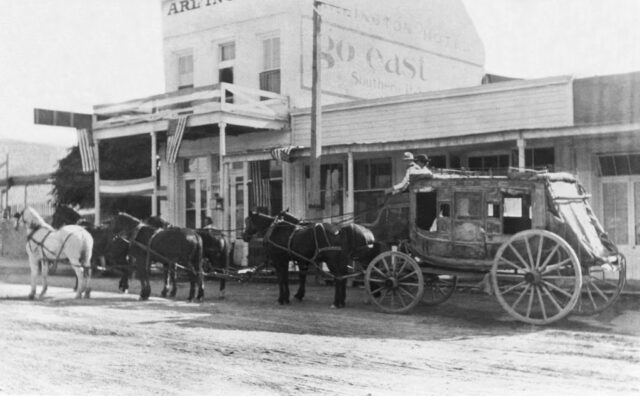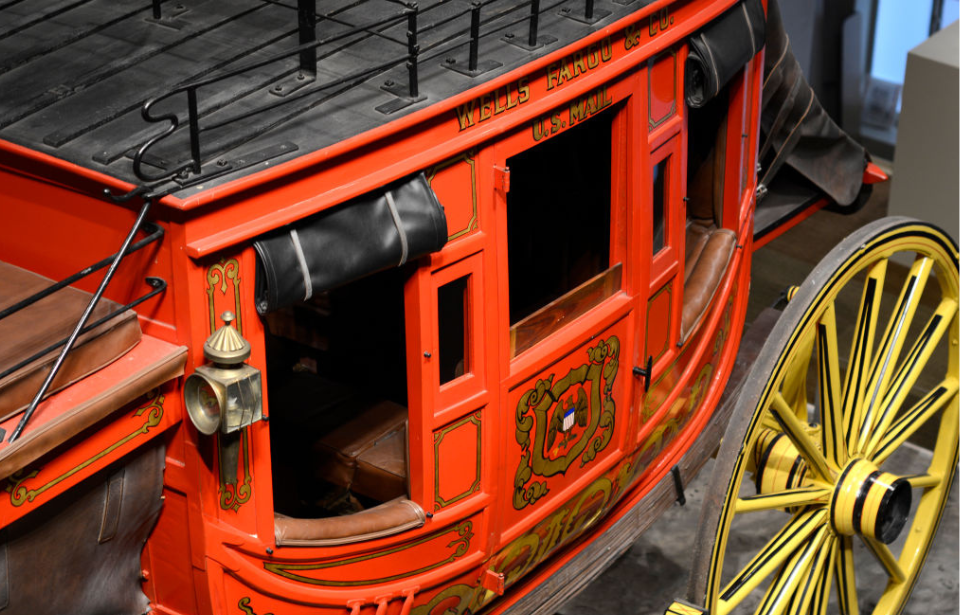In modern times, saying you are “riding shotgun” means you want to ride in the front seat next to the driver of the vehicle. This term has been around a lot longer than most of us realize. The saying can also mean that you support someone in an action they are taking, whether in a physical sense or in an emotional way.
The saying comes from the American Wild West, where it meant that you were really riding with a person and had a shotgun with you. This was important for stagecoach trips across hostile and dangerous territory – the person riding shotgun was often a guard of some kind. Initially, this person was referred to as a shotgun messenger, which was the slang name for an express messenger from the time stagecoaches were a popular mode of transportation.

The modern phrase, “riding shotgun,” didn’t appear until 1919. The term may have first been recorded in a newspaper story published in the Ogden Examiner. It was later used many times in print and film when depicting wagons and stagecoaches under threat or attack by bandits. Sometimes those “riding shotgun” are depicted as armed employees of the company sending the bullion and cash for wages or as transfers between banks. They would often have a short shotgun or rifle. If a stagecoach didn’t have an armed person in the “shotgun” seat, then the stagecoach was only carrying passengers. You do have to wonder, though, how many stagecoaches sneaked across the countryside with bullion on board and no visible guard next to the stagecoach driver.
A historical example of a person riding shotgun was in 1881 on a Kinnear & Company stagecoach carrying $26,000 of silver bullion. They were heading for the town of Tombstone, which was the location of the nearest freight terminal. Eli “Budd” Philpot was riding shotgun on this trip. Just outside Contention City, three cowboys attempted to rob the stagecoach; Philpot was shot dead, and the coach horses ran out of control for over a mile before calming down.

When Wells, Fargo & Co. became a regular stagecoach service, they began to issue their guards a “coach gun,” which was a 10 or 12-gauge double-barreled short shotgun.
More from us: These ‘Facts’ about the Old West Are a Little Too Wild! Here’s Why
Wyatt Earp had a job as a shotgun messenger for the Wells Fargo stagecoach company until he was appointed a sheriff. He did this for approximately two years, and then his brother took over from him.
